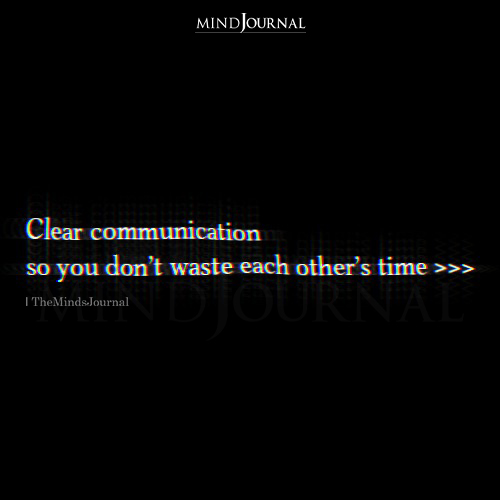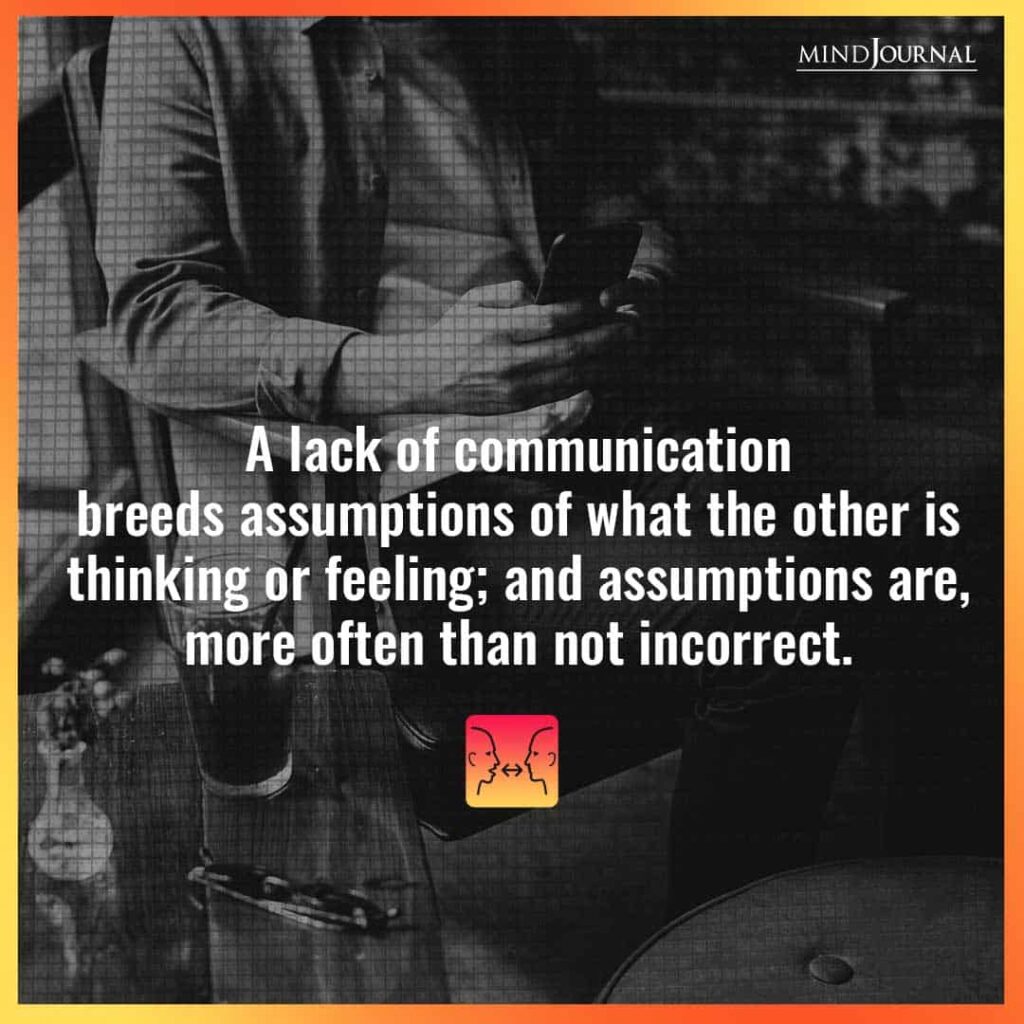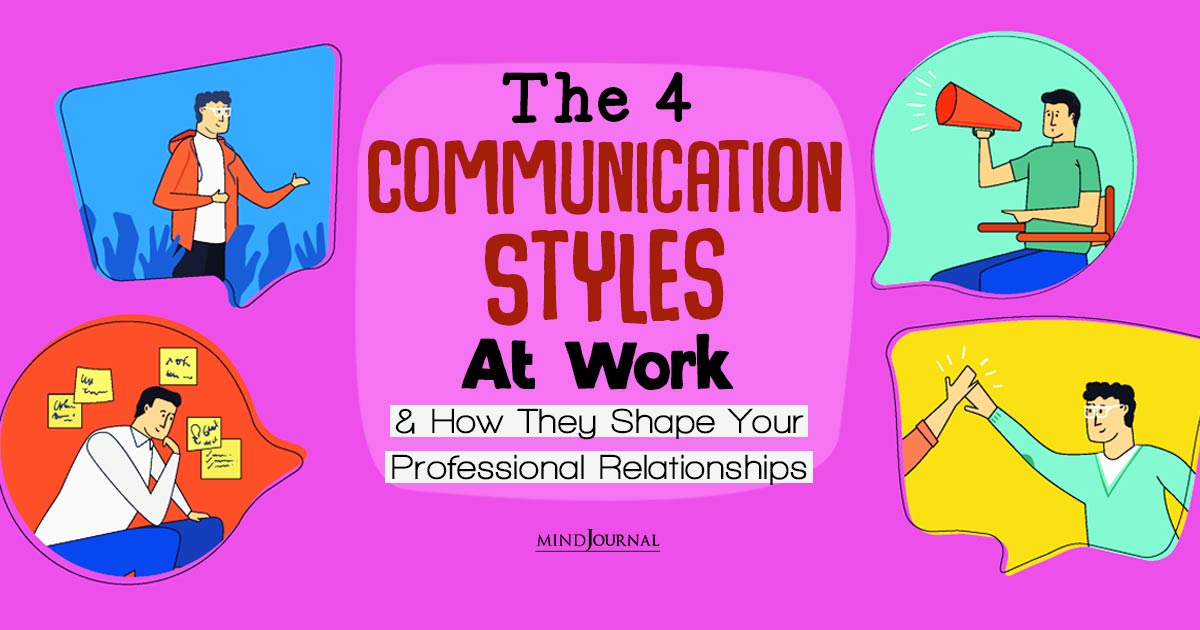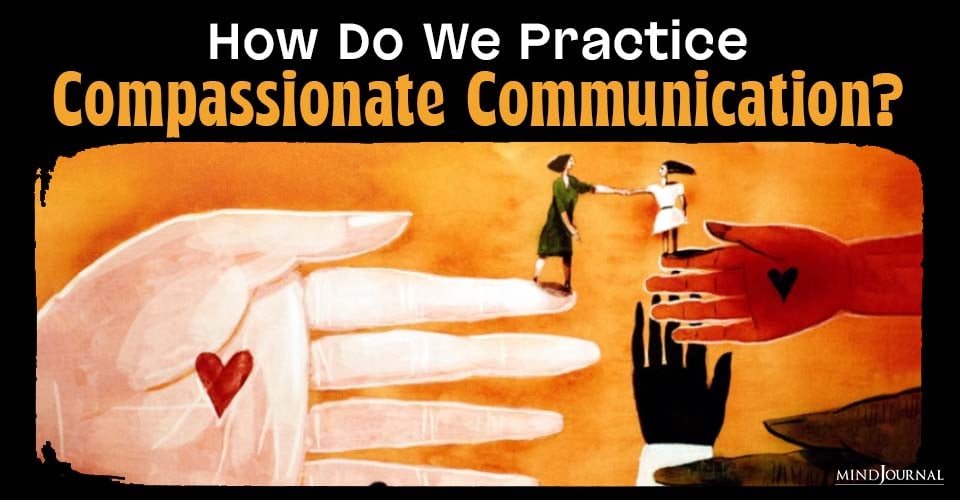Ever wondered why some teams at work are able to cooperate seamlessly and deliver astonishing results, whereas others struggle to communicate properly resulting in misunderstandings? The secret lies in understanding and adapting appropriate communication styles at work.
Effective communication is the backbone of every successful organization as it enables individuals to present their views, work together efficiently and maintain strong professional relationships.
Today, we will focus on communication styles at work, importance of communication styles in the workplace, types of communicators in the workplace, 4 communication styles in the workplace and strategies for improving communications in the workplace that can change your interactions with colleagues at work.
What are Communication Styles at Work?
Communication styles at work refer to different ways in which individuals share, understand and interpret information, emotions and ideas in a professional environment.
These encompass a combination of verbal and non-verbal cues, listening skills, and interaction patterns that shape how we communicate and perceive messages within our work environment.
For example, a direct communication style is based on clear, straightforward language. Hence, in a meeting, a manager may say “for better efficiency we may implement these changes immediately.” On the other hand, indirect style implies subtlety or diplomacy like saying “It could be beneficial to consider some adjustments for improved efficiency.”

Understanding these various communication models may assist in fostering effective communication, improving collaboration and teamwork, reducing conflicts and promoting a healthy working atmosphere.
Effective communication styles at work make sure that information and messages are shared, conveyed and understood in a manner aligned with the preferences and expectations of team members.
Related: How To Improve Communication Skills: 5 Proven Techniques
Importance of Communication Styles in the Workplace
Understanding the different types of communicators in the workplace is essential for reducing misunderstandings, boosting productivity and teamwork, and building an inclusive positive work environment.
Let us delve into the importance of communication styles in the workplace –
1. Building Trust and Collaboration
When effective communication styles are employed in the workplace, it facilitates the development of trust and openness, empowering team members to share information, contribute ideas, give feedback and collaborate effectively.
It helps employees and team members feel secure and comfortable in sharing their thoughts and ideas, instills a sense of psychological safety, promotes innovation and boosts productivity.
2. Enhancing Problem Solving
Different communication styles at work promote multiple approaches and perspectives to problem-solving. By embracing varied communication styles, teams can access a wider range of ideas, leading to more comprehensive and creative solutions.
Effective communication styles facilitate the exchange of information, allowing individuals to clarify expectations, identify challenges, and develop strategies collectively. This is the importance of communication styles in the workplace.
3. Reducing Conflicts and Misunderstandings
Communication failure is a major cause of conflicts in a workplace. When people understand different communication styles they can be able to choose how they communicate with others which reduces chances of misinterpretation and conflicts among them.
The effective communication styles that are characterized by clarity, active listening, and empathy will lead to easier interactions and better professional relationships.
Types of Communicators in the Workplace
Different types of communicators in the workplace reflect the personality, background or individual perception. While different people may combine multiple styles, they often have a dominant style that influences their interactions.
Let’s explore 4 communication styles in the workplace:
1. The Direct Communicator
Direct communicators prefer a direct approach that is concise and assertive when it comes to delivering messages without using excessive small talks or ambiguity.
Task oriented discussions usually form the focus of direct communicators who often go straight to the point. On their part they appreciate directness and might find beating around the bush or ambiguous statements frustrating. This is one of the major types of communicators in the workplace.

2. The Diplomatic Communicator
Maintaining harmony and positive relationships are priorities for diplomatic communicators. They consider the effect of their words on others, value empathy and tactfulness.
Diplomatic communicators frequently employ diplomacy and careful language in conveying their messages indirectly. They often try to find a middle ground between expressing themselves and not alienating others by seeking consensus and preventing confrontations.
Related: 17 Hand Gestures That Can Improve Your Communication
3. Analytical Communicator
They are characterized by logical approach and details of analytical communicators. To communicate effectively, they rely on facts, data and thorough analysis.
Often, they like organized, structured conversations that seek deeper understanding through probing questions. Analytical communicators value accuracy and precision, ensuring that their messages are supported by evidence and delivered with clarity.
4. Expressive Communicator
Expressive communicators tend to be energetic and enthusiastic and highly emotive in their communication style. They prefer engaging personally, telling stories and building connections.
Expressive speakers usually use lively expressions alongside gestures that help them to put across their ideas well. They are good at motivating others using their passion or charisma, making lasting impact.
Now let’s dive deeper into understanding the 4 communications styles before exploring strategies on improving communications in the workplace.
Understanding the 4 Communication Styles in the Workplace
It is important to note that no communication style is better than another. Each communication styles at work has its own strengths as well as limitations which means that successful communication often involves adjusting one’s style based on the context or people involved among other things.
We can create a more inclusive collaborative work environment if we recognize and appreciate different communication styles. There are several ways in which organizations can foster effective communication among different types of communicators.

Here are certain things to consider about the 4 communication styles in the workplace –
1. Flexibility
Your communication should be adaptable based on the requirements of your colleagues who have different perspectives from yours. Don’t forget that there are multiple ways of approaching an issue.
2. Active Listening
Listening actively shows respect for individuals by focusing on verbal and non-verbal cues, paraphrasing what was said and asking questions to clarify any confusion. This shows respect and understanding, facilitating effective communication.
3. Empathy
Appreciating other people’s points of view is one way of developing empathy. Understanding various communication styles will help you to be more empathetic and thus make your communication clearer and unambiguous.
Related: How To Speak So That People Want to Listen: 8 Powerful Strategies
Strategies for Improving Communications in the Workplace
Improving communication at the workplace is a very important activity that would foster collaboration, increase productivity and build good relationships among team members.
Here are some effective strategies for improving communications in the workplace –
1. Foster an Open and Inclusive Culture
Have a culture promoting open and honest communication. Foster a work environment characterized by embracing diversity, inviting feedback, and enlisting inputs from all team participants.
Encourage employees to provide suggestions, voice their concerns or even pitch their ideas without fear.
2. Active Listening
Active listening is imperative in effective communication. This can be achieved by giving full attention when somebody is speaking. Minimize distractions by not looking at other things or making gestures while someone else is talking; such behavior shows engagement through both verbal and non-verbal cues.
By actively listening ones will understand better leading to empathy which enhances communications.
4. Clear and Concise Communication
Ensure that messages are conveyed clearly and concisely to avoid misunderstandings. Use simple language without much jargon since some people may not understand technical terms.
Additionally, the tone and manner that comes with your delivery matters a lot because it affects how individuals will take what you have just said.
5. Utilize Various Communication Channels
Different communication styles at work has different purposes. Effective and timely communication can be achieved by using a blend of face-to-face conversations, emails, instant messaging platforms, video conferences and collaborative tools.
Choose the right channel based on message type and people’s preferences.
6. Provision Constructive Feedback
In order to assist the members of a team in improving on how they communicate with others, one needs to regularly give them constructive feedback. Mention what specifically was helpful and what could have been done better.
Instead of finding fault, find problem areas without naming the persons involved so as to keep the environment supportive of each other’s growth.
7. Clarify Expectations
Misunderstandings often occur because people have different understandings of expectations. Make it clear what each member of the team should do at a particular stage, what their tasks are as well as deadlines and deliverables for everybody.
Always check for clarity, wherever you sense confusion or ambiguity about any issue.
8. Encourage Collaboration and Teamwork
Create a culture that will enhance collaboration whereby employees work together, generate ideas and seek assistance from team members.
Encourage cross-functional collaboration where members can share responsibilities for projects so that each person feels part of it.
8. Develop Interpersonal Skills
There is a need to invest in professional development programs that enhance interpersonal skills such as active listening, conflict resolution, empathy and emotional intelligence among others.
These skills are very useful in facilitating communications between individuals through difficult times or conversations.
9. Lead by Example
As a leader or manager, lead by example when it comes to effective communication styles at work. Be open, transparent and respectful when addressing your team members.
Allow two-way-communication taking feedback from your team members while also showing willingness to attend to their concerns. Your behavior creates a behavioral tone for communicating within the organization.
10. Continuous Improvement
It is important for you as a leader to regularly evaluate how effective your team communicates both internally and externally. Letting your team participate in surveys would act as a feedback mechanism which would be good for you. They will show you the areas that need improvement so that you can deal with them.
This way, organizations can create a culture of effective communication which leads to increased collaboration, improved productivity, and stronger interpersonal connections among team members.
Effective communication is not a one-time thing and requires every individual to play their part in it at the workplace.
Related: How To Win An Argument Every Time

Takeaway
Communication styles at work significantly affect the nature of interactions among employees and consequently influence the success of collaborative activities.
By recognizing and accommodating different communication styles, individuals can enhance their professional relationships, minimize conflicts, and promote a positive work environment.
Remember, effective communication is not just about what we say but also how we say it. We must all strive to understand our respective styles of expression at work for this will ensure that ideas flow freely, relationships thrive, and achievements are reached together.
Frequently Asked Questions (FAQs):
What is communication styles in the workplace?
Workplace communication styles are the various ways people share and interpret messages, thus affecting how they interact with each other in a professional manner.
What are the 4 types of communication styles?
There are four main types of communication styles including assertive, aggressive, passive, and passive-aggressive which all have different effects on the dynamics of an organization.
What is the best communication style for work?
Typically, the most suitable communication style in a workplace would be assertive since it promotes clarity in expression, respect for others’ views and enhances collaboration.










Leave a Reply